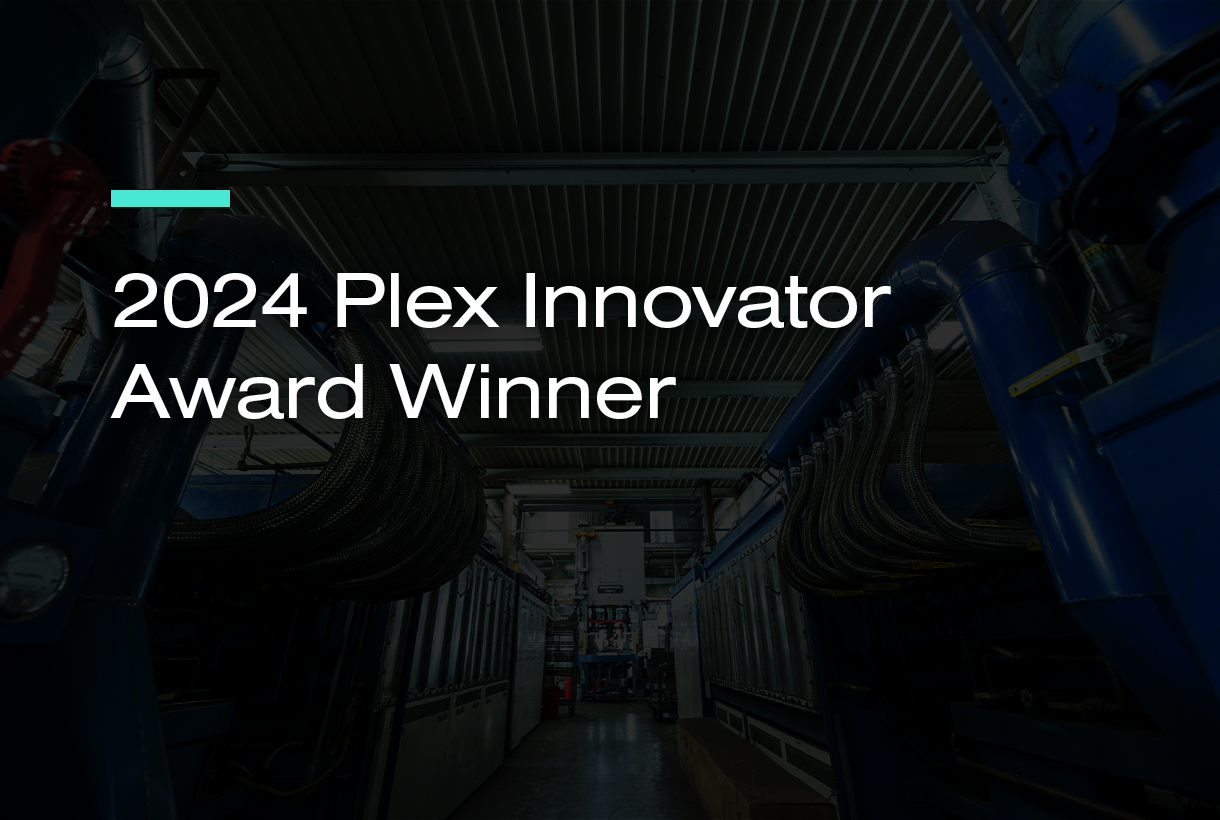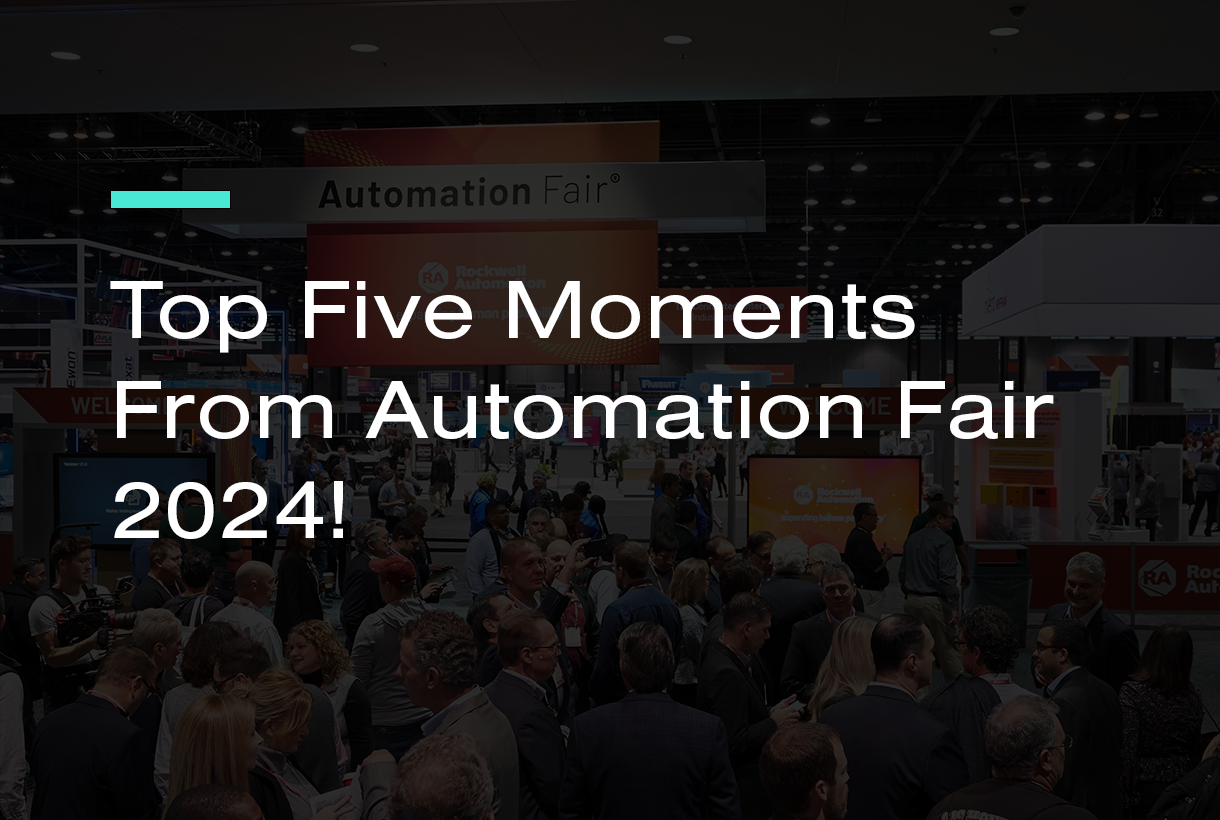

Now Available!
Get your copy of the 7th Annual State of Smart Manufacturing and hear from 300+ manufacturers in this new survey report!
Subscribe to Our Blog
For a monthly digest of expert insights, data points, and tips like the ones in this article.

Two Key Takeaways from the Forrester SaaS Report
Forrester recently published a report highlighting six breakout SaaS vendors and the unique benefits delivered by SaaS solutions. The vendors that Forrester included in its May 2016 report, entitled Breakout Vendors: SaaS Business Applications, all had a track record of customer wins and fast growth, a strong ecosystem of partners and investors — with momentum, and proven customer success in large, complex organizations. Plex was cited as a Breakout Vendor in the ERP for manufacturing space.
Two Plex takeaways about SaaS and cloud ERP:
- The ERP market continues its migration to SaaS; and
- The ‘SaaS network’ will usher in a new generation of capabilities.
The ERP market’s appetite for SaaS solutions is flourishing, with preference for SaaS growing 30 percent year over year. Why? Modern businesses realize SaaS is not just a disruptive technology or service, but that SaaS fundamentally changes their business model for the better.
For example, the creation of a ‘SaaS network,’ as Forrester calls it, enables many-to-many collaboration between employees, customers, partners, and devices connected and communicating seamlessly. This is a seismic shift from past models where data was housed in silos, causing disconnected information gathering and limited collaboration. SaaS-based cloud ERP solutions, by contrast, use a single, consolidated database that provides one version of truth, erasing silos and promoting consistency among shared data.
SaaS enables better, more comprehensive analytics. SaaS customers have one set of data for extracting connected, meaningful data rather than wasting effort and time in having to stitch together information from disparate, poorly connected sources. SaaS-based cloud ERP solutions deliver these benefits today. Previously walled environments—with information silos that existed not only between employees and suppliers, but among departments within the same operation—go away. In a SaaS network, a single cloud ERP database is accessible to employees, customers, suppliers, and partners, enabling access to one source of consolidated enterprise information. This gives users a view of the entire enterprise, and gives analytics tools one set of accurate data from which to extract meaning, trends, and measurements to spur good decision making.
When coupled with modern, versionless software, cloud ERP becomes a breeding ground for ideas and best practices that can be shared and implemented between customers. When companies share one line of software code the tools, practices, and processes that work for one can be used by all. This promotes continuous improvement, collaboration, and ongoing business optimization.
These shifts are a big deal: they obliterate the decades-old status quo ERP software model companies have been forced to accept. Two things become clear:
- SaaS benefits cannot be replicated by non-SaaS companies; and
- SaaS is the best way to adapt to or get ahead of an ever evolving tech environment.
Traditional, version-based ERP software creates silos of disparate software versions, often within the same company. This prohibits companies and users from collaborating and sharing freely, stifling progress: first, because data is housed in multiple places, and second because of software version incompatibility that creates roadblocks to collaboration. These factors inhibit companies from rapid technology evolution, slowing introduction of new innovations from wearables and machine-to-machine communication to industrial Internet of things (IIoT) and expanded mobility.
On the other hand, for manufacturers that have made the shift to SaaS-based cloud ERP like the Plex Manufacturing Cloud, the benefits are a day-to-day reality. Plex has eliminated ERP software upgrades and version control by providing a single line of code to all customers. This saves time, money, and costly production interruptions and also fosters collaboration because all users access the same data and use the same version of cloud ERP software—all the time.
The SaaS network is the network of the future. For forward-thinking manufacturers that continue to pivot away from legacy ERP and move towards ERP solutions in the cloud, the future is wide open.


